Putting Our Knowledge And Experience To Work
Home » Birth Injuries » Cerebral Palsy
Northern Kentucky and Southwest Ohio Cerebral Palsy Lawyer
Experienced Cerebral Palsy Law Firm in Cincinnati, OH and Covington, KY
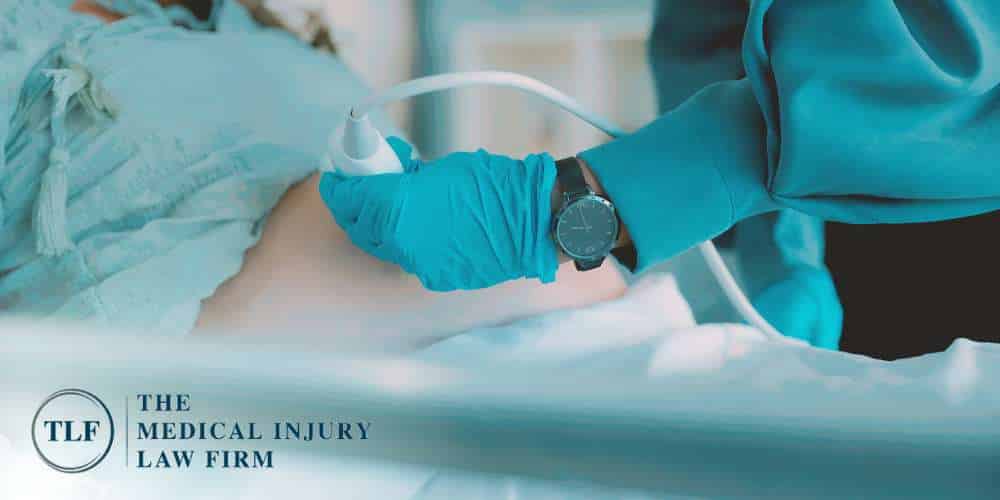
Birth injuries like cerebral palsy can significantly alter the lives of victims and their families forever. If medical malpractice played a role in your child’s cerebral palsy, you may be able to recover compensation from the responsible party. Here at TLF: The Medical Injury Law Firm, our Ohio and Kentucky birth injury attorneys are experienced in helping children with cerebral palsy and their families recover the compensation they deserve for medical negligence.
We have a deep understanding of the short and long-term impacts cerebral palsy has on both children and their families. That’s why our legal team is dedicated to helping you assert your rights against the negligent medical and nursing professionals who caused those injuries. Our goal is to help children afflicted with cerebral palsy and other preventable brain injuries improve the quality of their lives and the quality of life for the family unit as a whole.
If your child suffered a birth injury such as cerebral palsy due to medical malpractice, speak with a Northern Kentucky or Southwest Ohio cerebral palsy lawyer at TLF today by giving us a call at (800) 698-4054 or send us a message online. We handle our birth injury cases on a contingency fee basis and are happy to discuss the potential of your case with you during a free consultation.

What is Cerebral Palsy?
Cerebral palsy is a very common birth injury and is actually the single most common motor disability affecting children. Cerebral palsy, or CP, is a neurological disorder characterized by a disorder of movement, muscle tone, or posture that results from damage to the developing brain and can affect a person’s ability to control their muscles. The condition may appear early in infancy or in childhood and permanently affects a child’s movement and muscle coordination.
This condition can result in a lifetime of medical issues, including motor dysfunction and intellectual impairment, significantly impacting the affected child’s quality of life.
What Causes Cerebral Palsy?
The word “cerebral” implies something related to the brain, while the word “palsy” essentially means weakness or complications of the muscles. Cerebral palsy often results when a child suffers brain damage at or near the time of birth, but can also occur during pregnancy or within the first 2 to 3 years of the child’s life.
In many cases, the cause of cerebral palsy is not entirely clear, but it can likely be attributed to one of the following factors:
- Premature birth
- An infection in the infant’s brain, such as meningitis
- A lack of blood or other nutrients before or during birth
- Oxygen deprivation
- A severe head injury or traumatic brain damage
- Genetic mutations
- Negligence from a medical professional
- Failure to monitor things like heart rate, oxygen levels, and vital signs
- Failure to perform a C-section
- Improper medical response to fetal distress
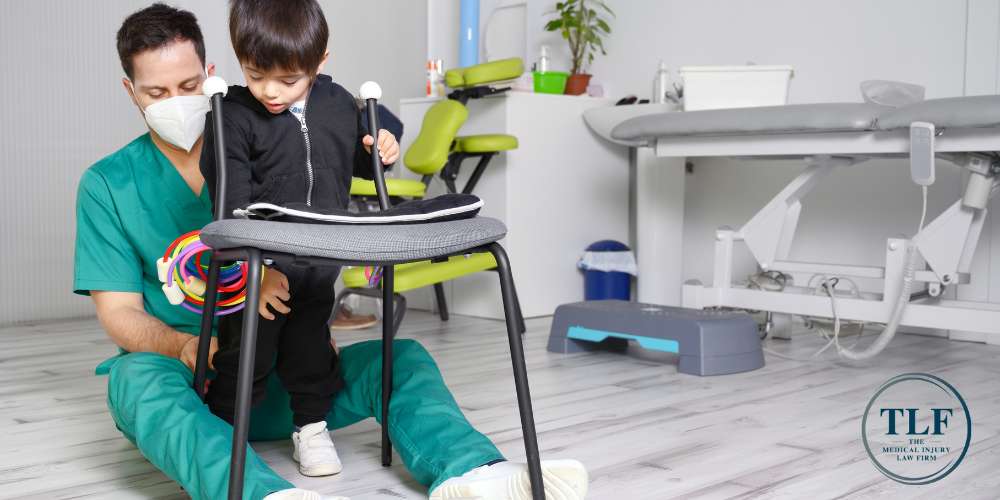
Types of Cerebral Palsy
There are different types of cerebral palsy that are classified according to the type of muscle or movement disorder that is present and which areas of the brain are affected. Some of the most common types of cerebral palsy include:
- Ataxic Cerebral Palsy: Ataxic CP patients generally have problems relating to balance and coordination, making things like walking, writing, and reaching for things rather difficult. Basically, any quick or controlled movement tends to be difficult for those with this type of cerebral palsy.
- Dyskinetic Cerebral Palsy: Dyskinetic CP may also include athetoid, choreoathetoid, and dystonic cerebral palsies. Those with dyskinetic CP have muscle tone that can change randomly from tight to loose, sometimes experiencing both in a single day. These individuals tend to have difficulty controlling their hand, arm, feet, and leg movements. They tend to have involuntary movements that may either be slow and contorting or quick and jerky. Things like walking, swallowing, and talking can be increasingly difficult for people with dyskinetic CP.
- Spastic Cerebral Palsy: This is the most common type of CP, affecting nearly 80% of those diagnosed with this condition. Spastic CP results in increased muscle tone, stiffening the individual’s muscles and typically making their movements challenging and often awkward. Depending on the part of the body that is affected, spastic CP may be described as either spastic diplegia/diparesis (mostly affecting the legs), spastic hemiplegia/hemiparesis (affecting only one side of the body), or the most severe, quadriplegia/quadriparesis (affecting all four extremities, the trunk, and the face).
- Mixed Cerebral Palsy: Mixed CP refers to individuals with symptoms of more than one type of the aforementioned cerebral palsies, the most common of which is spastic-dyskinetic CP.
Are People Born With Cerebral Palsy?
Cerebral palsy is generally a result of genetic mutations or complications during the delivery process, but it is highly possible that it was caused by doctor, nursing, or hospital negligence. If you believe that medical negligence caused your child’s birth injuries, an experienced cerebral palsy lawyer at TLF can help you investigate your claim.
Our Covington and Cincinnati medical malpractice attorneys will start by collecting medical documentation, contacting witnesses, and consulting with medical experts to support your claim. Talk with a lawyer from our firm today for more information regarding cerebral palsy and to better understand your legal options.
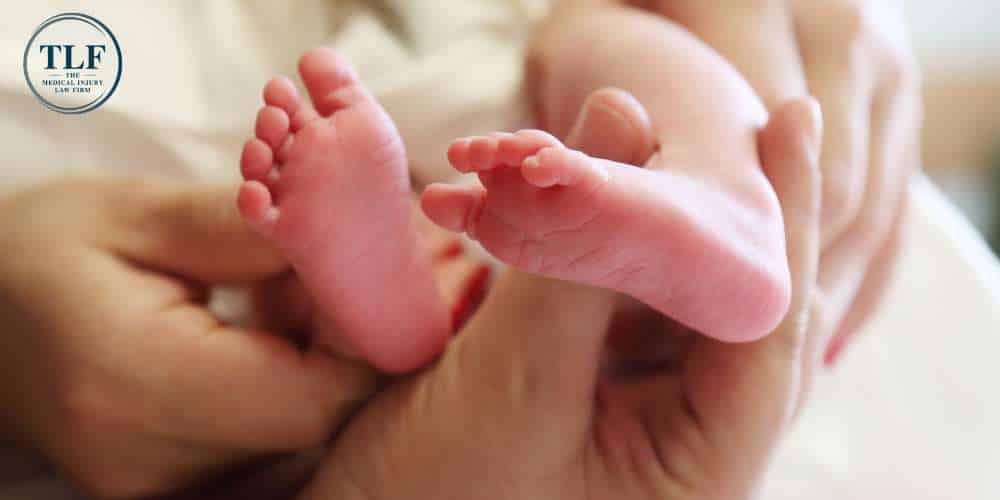
Cerebral Palsy Symptoms in Babies
Children born with cerebral palsy may not be diagnosed until months or even years after birth, though early signs of the disorder usually appear before the child reaches the age of 3. All types of CP affect a child’s bodily movement and posture, but symptoms may appear worse in some children than in others.
Below are the typical symptoms associated with cerebral palsy:
- Difficulty walking or walking with a limp
- Hip displacement
- Uncontrollable arm or leg movements
- Uncontrollable mouth and tongue movements
- Difficulty eating or speaking
- Behavior disorder
- Intellectual disability
- Seizures
It may be harder to identify certain symptoms in babies and young children, as things like walking and talking aren’t viable indicators. Symptoms of CP to look for in babies specifically include:
- Low birth weight
- Problems with posture
- Stiff or floppy bodily movement
- Head lags when picked up
- Abnormal spine shape
- Abnormally small jawbone or head
- Difficulty bringing hands together or to the mouth
- Unable to roll over in either direction
- Reaching with only one hand while keeping the other fisted
- Crawling in a lopsided manner
- Inability to crawl on all fours
The child may also suffer muscle tightening and spasms. Cerebral palsy often affects the ability to swallow and may result in the need for feeding tubes, pumps, or medications to loosen muscles.
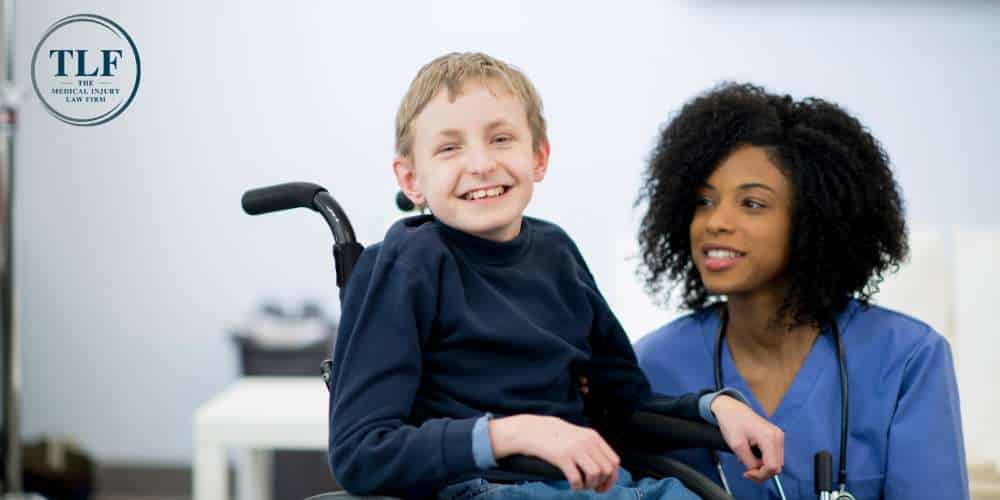
Can You Sue for Cerebral Palsy?
If healthcare professionals were negligent before, during, or after birth and this negligence led to medical errors that caused your child irreparable harm, they can be held accountable through a medical malpractice lawsuit. This includes instances of medical negligence leading to cerebral palsy birth injuries. However, it’s important to be aware of the time limit for filing a claim, as missing this window can jeopardize your case.
If your child’s injury was caused by a medical professional’s negligence, an experienced cerebral palsy lawyer at our firm can help guide you through the legal process and fight for maximum compensation on your behalf. Call today for a free consultation.
Cerebral Palsy Lawsuits
If you’re asking yourself “Should I claim compensation for my child’s birth injury?” the answer is most likely yes. When a child has been diagnosed with cerebral palsy, they will likely require lifelong care and medical and financial support. If this condition was caused by the hands of a negligent medical professional, a cerebral palsy lawsuit can help affected families seek reimbursement for medical expenses and other losses associated with their child’s condition.
At TLF, our attorneys understand the devastation and hopelessness felt by families with brain-injured children. When we pursue a birth injury claim, we are not only seeking to recover compensation for the infant with cerebral palsy and their family, but also for the 70-year-old with cerebral palsy that the infant will someday become.
Our cerebral palsy lawyers in Ohio and Northern Kentucky will assist you in asserting your legal rights and holding negligent doctors, nurses, and administrators responsible for the injuries suffered by your child. We will assess the needs of your child throughout their entire lifetime, including immediate medical and long-term care needs, attendant and respite care, pain and suffering, and loss of enjoyment of life.
So, if your child has suffered a birth injury like cerebral palsy, do not hesitate to contact our firm for a full investigation. We will obtain medical records, contact witnesses and consult with experts regarding your claim to ensure you receive the maximum amount of compensation you are entitled to.

Cerebral Palsy Lawsuit Settlements
With the aid of a qualified cerebral palsy lawyer at TLF: The Medical Injury Law Firm, families can seek compensation for a variety of damages, including both present and future medical expenditures.
How compensation is calculated for birth injuries varies depending on the circumstances. However, damages for projected lost wages, future living expenses, medical bills, pain and suffering, loss of enjoyment of life, and loss of companionship and society are generally available in these types of lawsuits.
A cerebral palsy lawsuit settlement may also cover specific medical costs for a variety of necessary treatments and care, such as:
- Doctor visits
- Corrective surgeries
- Speech-language pathology
- Medication
- Physical therapy
- Occupational therapy
- Recreational therapy
- Verbal aids (e.g., digital voice synthesizers)
- Physical aids (e.g., wheelchairs, rolling walkers, braces, splints)
How To Prove Medical Negligence
Proving medical negligence in medical malpractice cases requires showing that medical professionals failed to provide the standard of care expected, resulting in your child’s injuries (known as a medical breach of duty). To establish this, you’ll need to demonstrate that the doctor and/or medical staff did not act in a timely manner, follow appropriate procedures, or otherwise act in a manner that a reasonable physician in the same or similar circumstances would have acted. This requires proving all four elements of medical negligence.
When working to prove negligence occurred, finding the right lawyer is crucial. It is up to them to gather compelling evidence, consult with medical experts, build a strong case, and overall help you navigate the process in an efficient and effective manner. We know that taking legal action during such a stressful time can be challenging, but with the right support, you can seek the justice and compensation your family deserves.
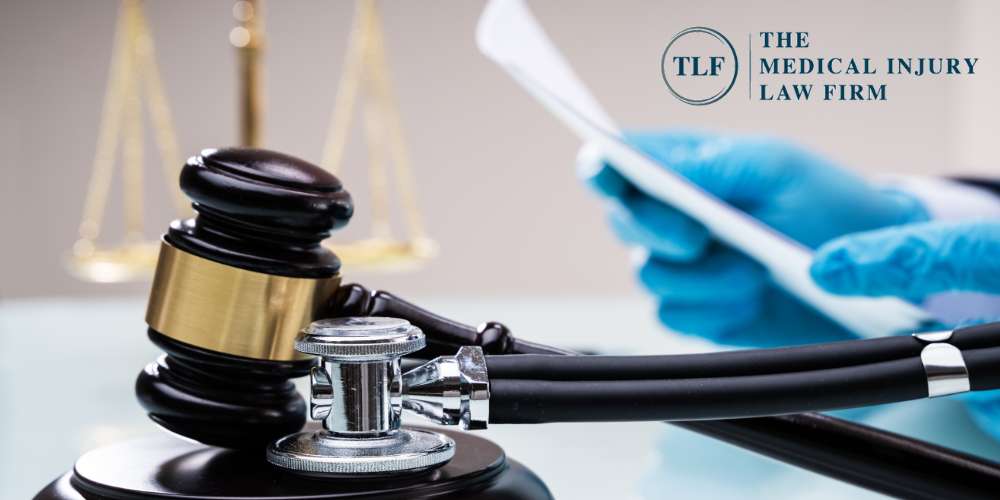
How TLF: The Medical Injury Law Firm Can Help With Cerebral Palsy Medical Malpractice Claims
While some cases of a child’s cerebral palsy result from natural causes, far too many result from doctor negligence or errors by nurses and other medical professionals. However, while we know that cerebral palsy is caused by a defect or disturbance in the brain’s development, the actual etiology of the condition still remains unknown. Because of this, it might be difficult to establish a clear relationship between a medical professional’s negligent activities and your child’s birth injury.
As a result, proving that a doctor or medical professional is responsible for such a condition, even when the medical practitioner has clearly acted in a negligent manner, can be a challenge. That’s why it is imperative that parents of children who have been injured at birth due to medical negligence or malpractice seek the advice of a reputable cerebral palsy lawyer for these reasons.
At our Northern Kentucky and Cincinnati medical injury law firm, we are devoted to helping families ease the burden of caring for children with injuries that could have been prevented. To speak with an experienced cerebral palsy attorney at TLF: The Medical Injury Law Firm or to learn more about the legal services we offer, give us a call at (800) 698-4054 or complete our online intake form today.
Practice Areas
You Pay No Fees Unless We Win!
We are happy to offer a free consultation to evaluate your case. If you hire us as your legal counsel, we will represent you on a contingency-fee basis. You will pay no attorneys’ fees unless we recover financial damages.
